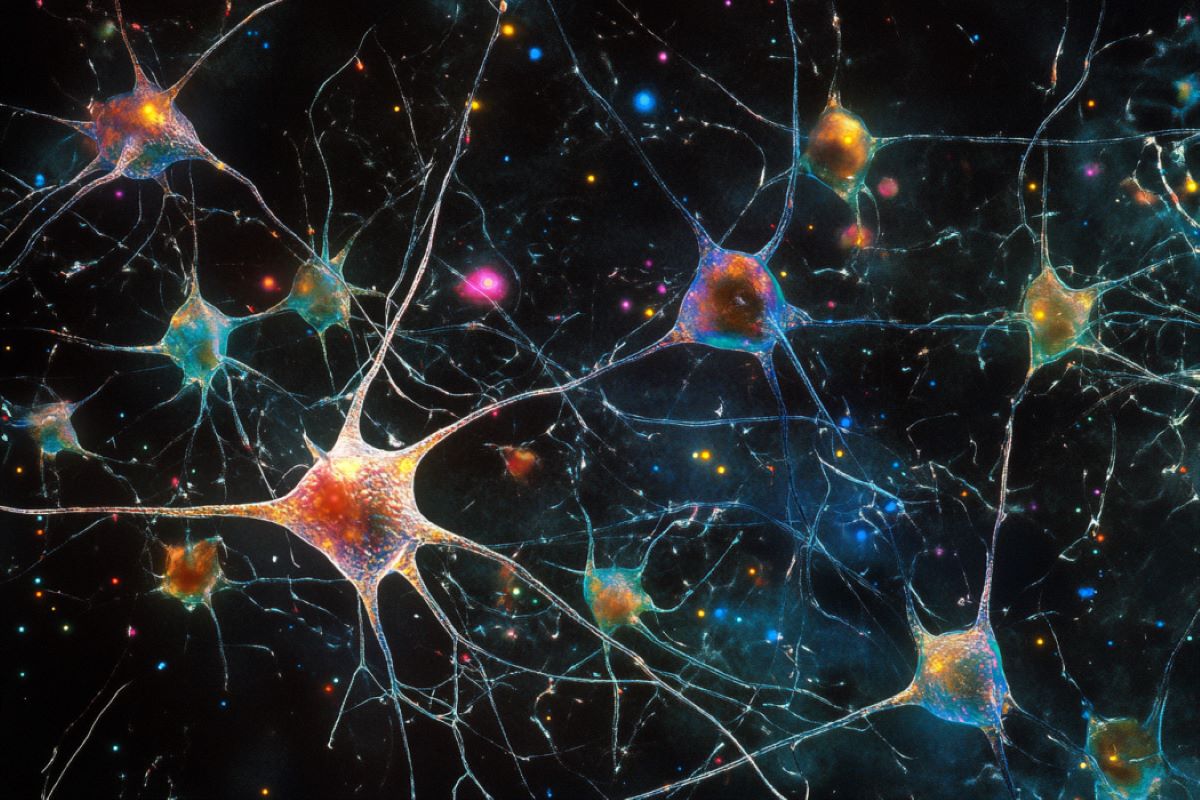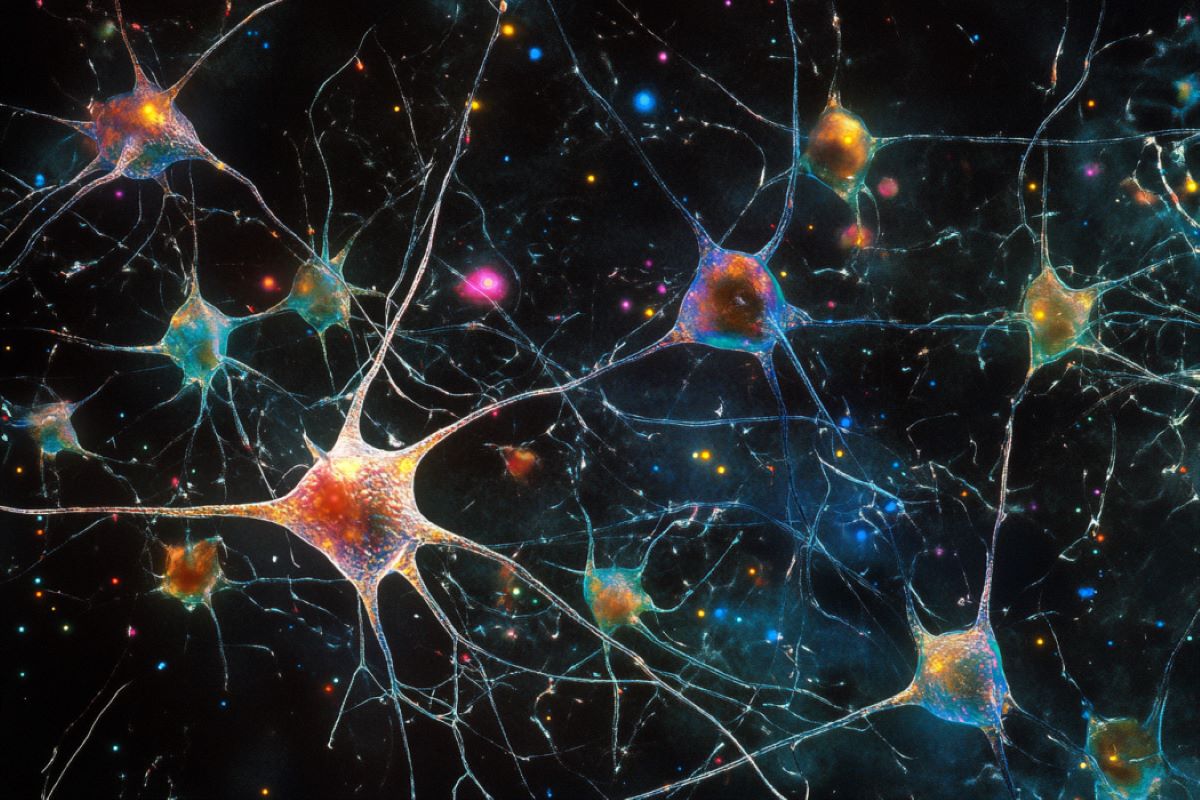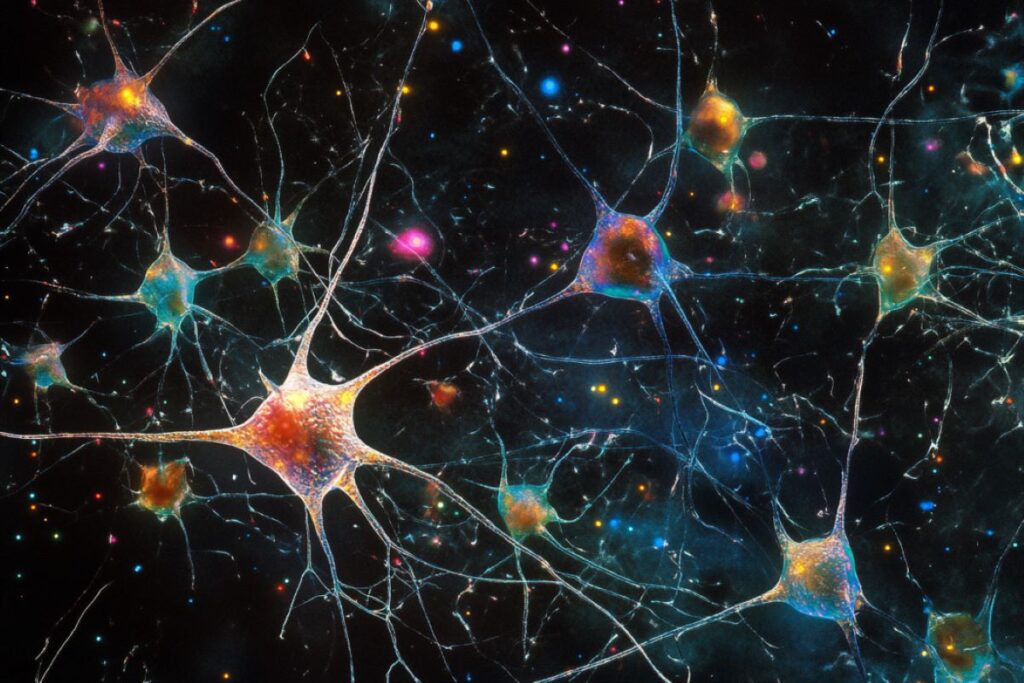
Summary: Researchers identified a small group of dopamine neurons in the striatum that play a crucial role in balancing essential brain functions such as reward, cognition, and movement. This discovery opens the door to new treatments for psychiatric and neurological disorders like schizophrenia, addiction, and Parkinson’s disease.
These neurons help regulate the brain’s dopamine pathways, preventing overactivity that can lead to various disorders. The research marks a significant step toward understanding how these pathways impact motor and cognitive functions.
Key Facts:
- A newly discovered dopamine pathway balances brain functions, influencing mood, reward, and motor control.
- Dysfunction in this pathway could lead to disorders like schizophrenia, addiction, and Parkinson’s.
- The research paves the way for potential new treatments targeting this specific dopamine pathway.
Source: McGill University
A finding by a McGill-led team of neuroscientists could open doors to new treatments for a range of psychiatric and neurological disorders attributed to dysfunctions in specific dopamine pathways.
For those struggling with a psychiatric disorder such as schizophrenia, addiction or ADHD, or with neurological disorders such as Parkinson’s disease or Alzheimer’s, there might be good news ahead.

The neuroscientists have discovered that a small group of dopamine neurons in the striatum play a crucial role in balancing several essential brain functions, including those related to reward, cognition and movement.
Scientists had previously identified the functions of two distinct pathways and types of dopamine receptors in the forebrain: the D1 receptors, which activate neurons, and the D2 receptors, which inhibit them. A third group of dopamine receptors that possess both D1 and D2 dopamine receptors was known to exist, but until now, no one had been able to identify their specific function.
By using innovative genetic tools to specifically target these dopamine receptors, which comprise just five per cent of the dopamine neurons in the striatum, the researchers were able to begin to understand their functions.
The researchers discovered that this group of neurons present unique cellular characteristics in response to dopamine and are at the origin of a new pathway that is essential for the balance of forebrain functioning. It ensures motor control under normal physiological conditions and curbs hyperactivity induced by psychostimulant drugs.
“Without these neurons, the entire brain systems under dopamine control would become overactive and uncontrollable, since they act to balance the functions of the two types of dopamine receptors in the brain which either facilitate or inhibit the activation of the two pathways we already knew of,” explains Bruno Giros, a professor in McGill’s department of psychiatry and a researcher at the Douglas Hospital Research Institute. He is the senior author of a recent article on the subject published in Nature Neuroscience.
“It’s a very exciting finding for us because we’ve been working on this specific project for close to 10 years in collaboration with a team at Université Libre de Bruxelles (ULB).”
For Giros, the discovery comes after 30 years of work in the field, including alongside renowned neuroscientist Marc Caron and 2012 Nobel prize winner Robert J. Lefkowitz as a postdoctoral fellow at Duke University Medical Centre.
“We are only in the early days of working with the tools that we developed to help us to identify this pathway,” says Alban de Kerchove d’Exaerde from the Neurophy Lab at ULB, who collaborated on the research.
“I’m sure that a lot of laboratories will work with our tools and will, with time, discover more about the important role that this very specific pathway plays in various fields,” Giros adds.
“Now that we understand how this third pathway controls motor functions, the next goal of our research will be to understand more precisely how it is implicated in the control of cognitive processes, and how it could be impaired in psychiatric disorders.”
Funding: This research was supported by grants from the Canadian Institute for Health Research (CIHR) and the Graham Boeckh Foundation.
